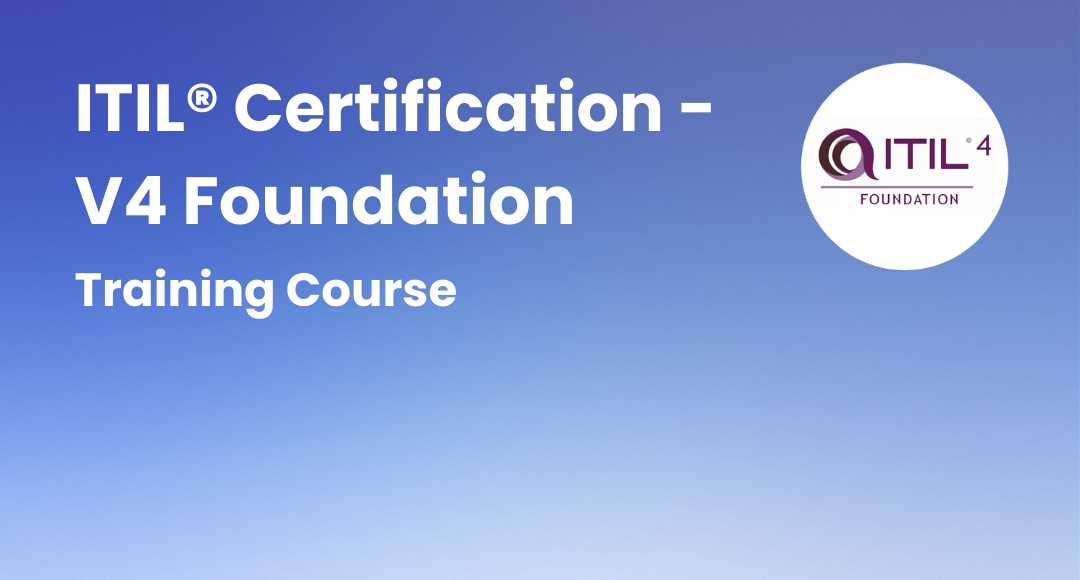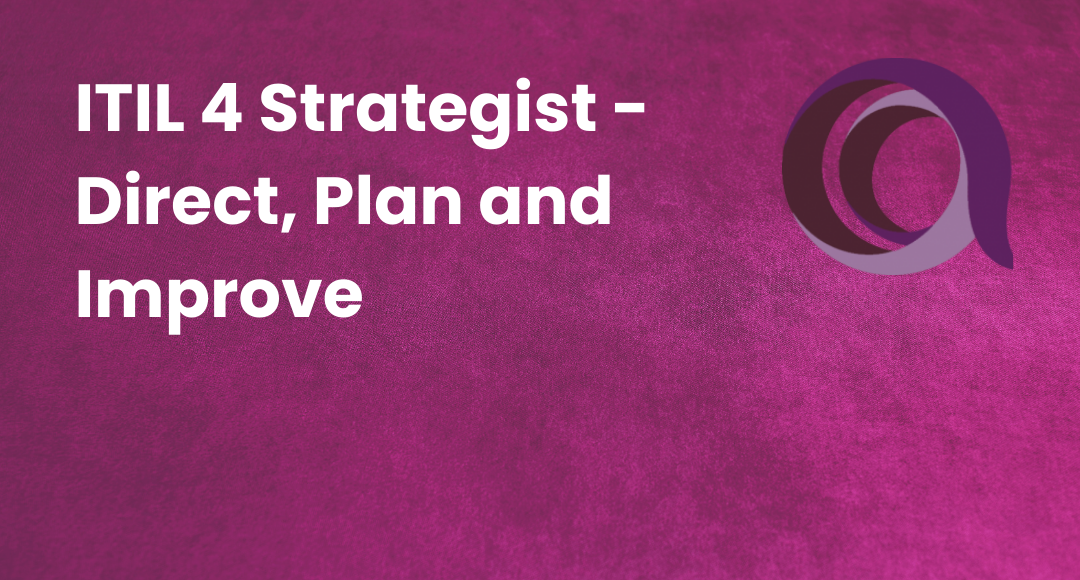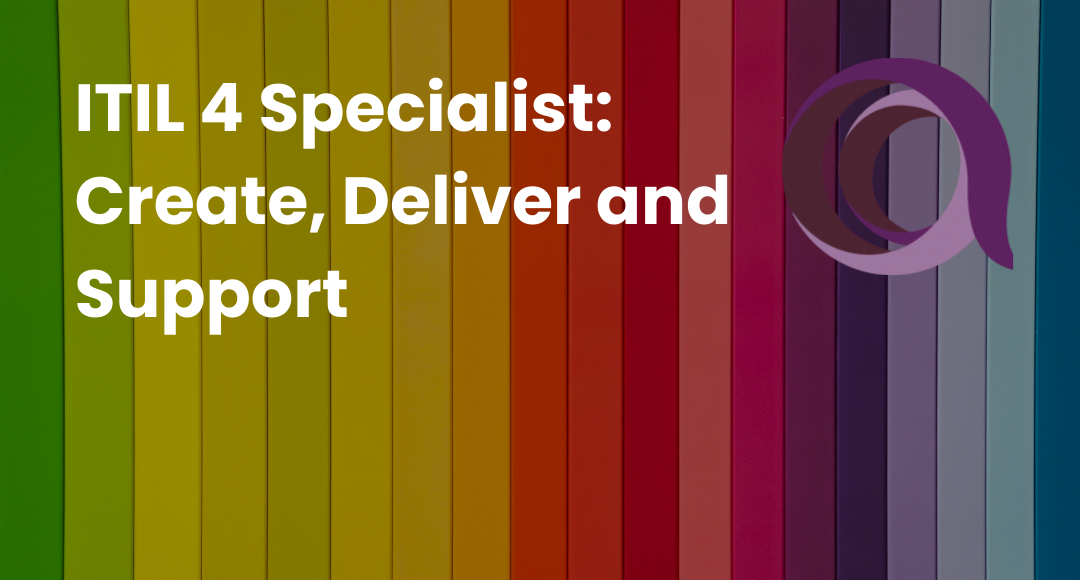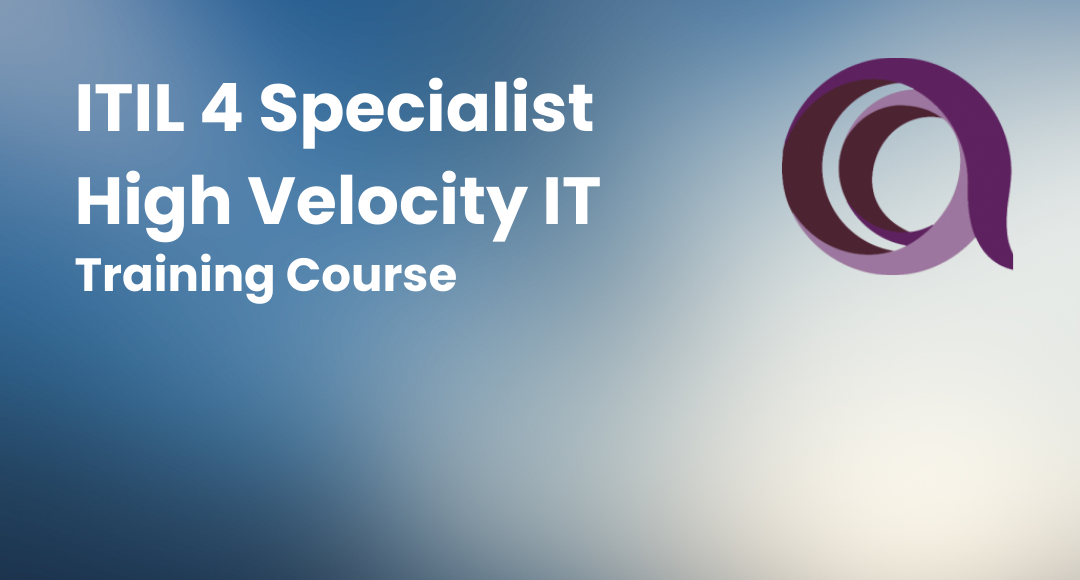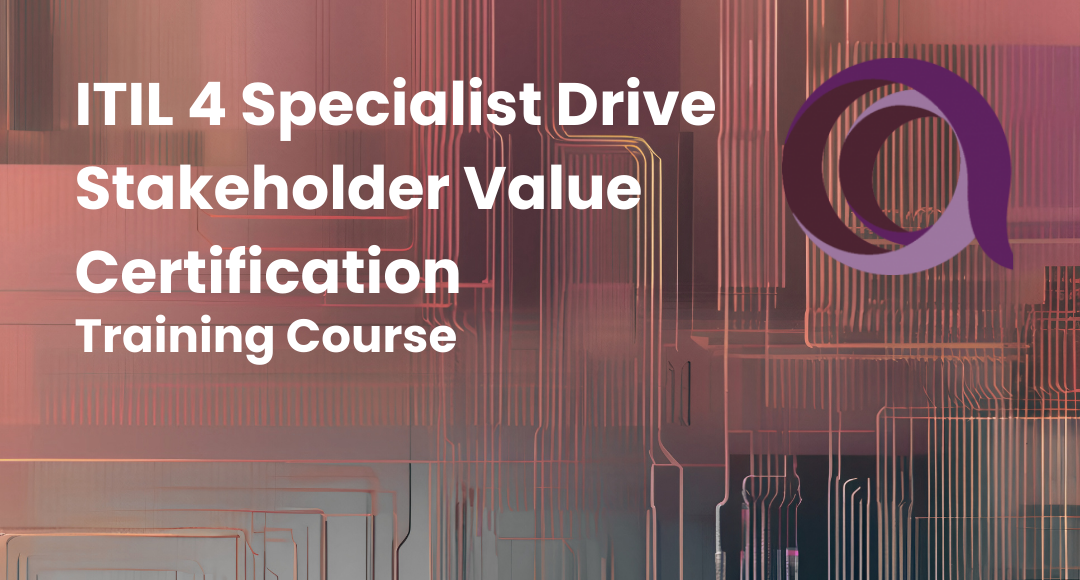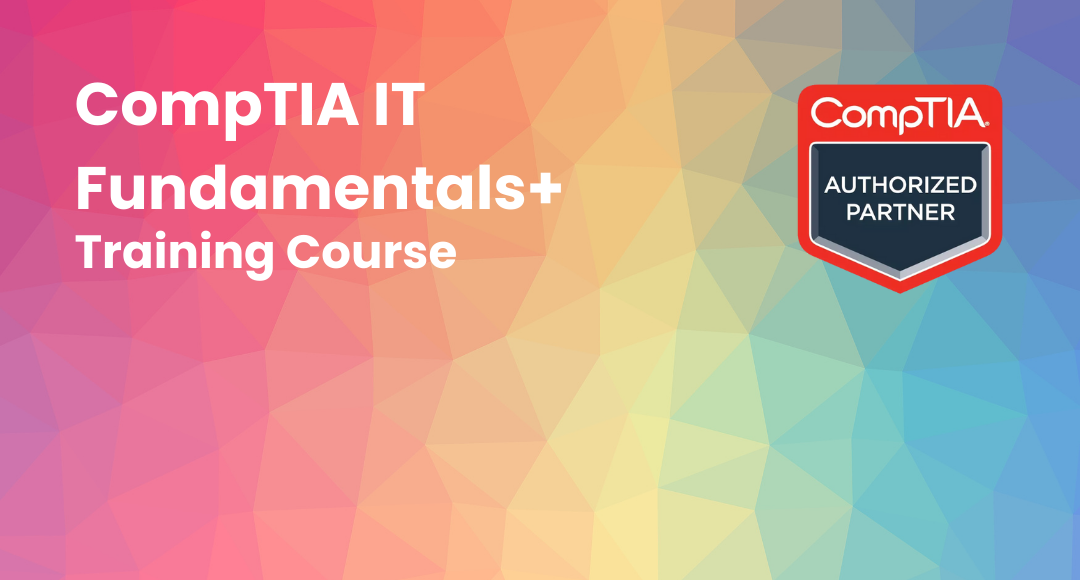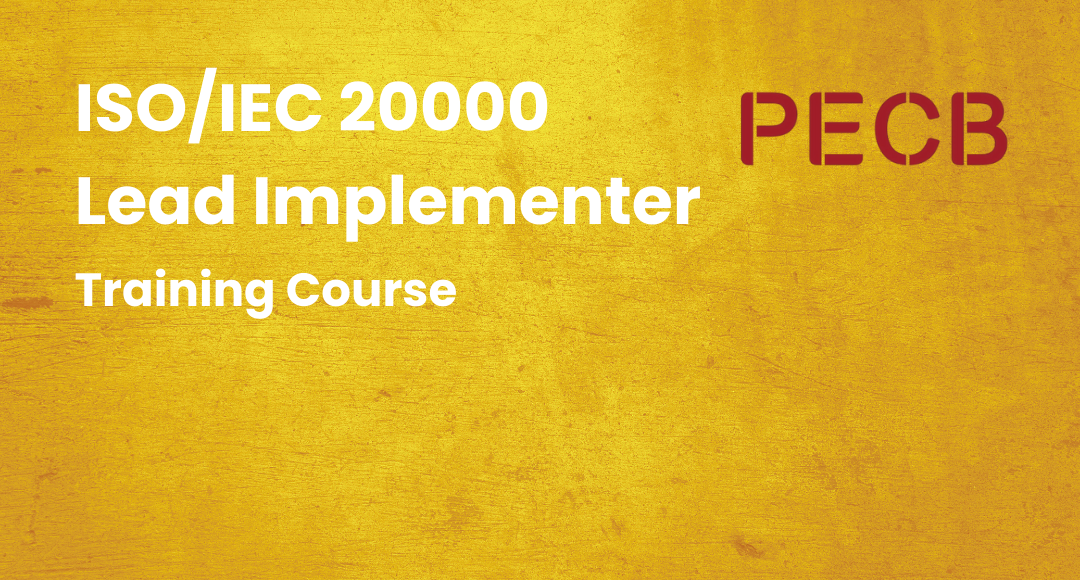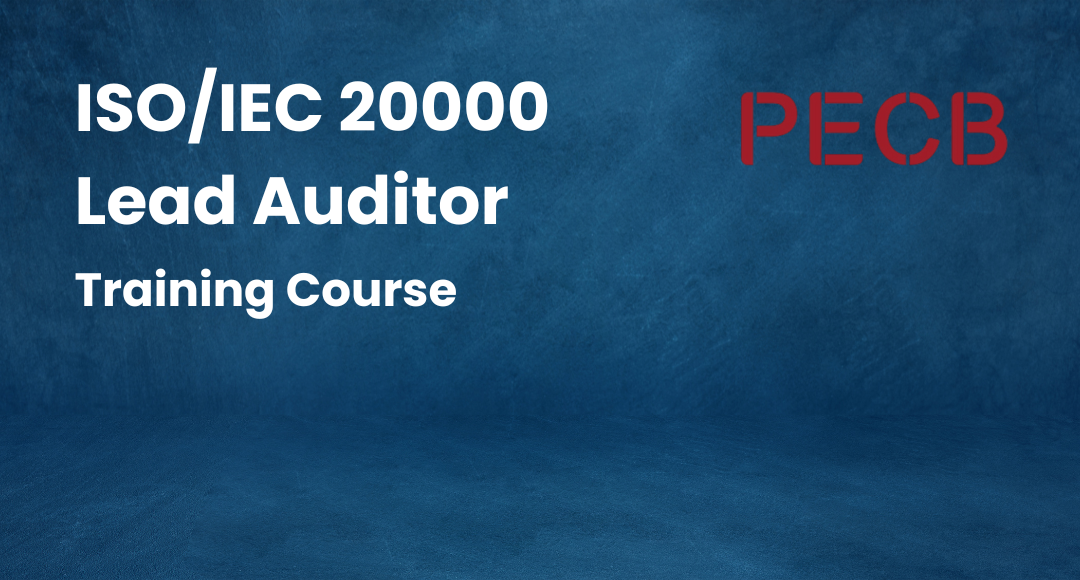ESM vs ITSM - Key Differences Explained
-
 By Niharika Chaurasia
By Niharika Chaurasia - Published on Dec 20 2023

Table of Contents
Introduction
Companies of all sizes use IT resources heavily, and managing such resources and services effectively is a challenge for them. IT Service Management (ITSM) plays a crucial role in managing IT operations as a service but in the case of an enterprise organization, IT is not only the department that is responsible for services.
In that situation, enterprise service management (ESM) is useful. Even if an organization has implemented ITSM practices and concepts, it is still necessary to implement ESM tools.
The basic goal of service management is to create a framework that works for every service the organisation offers, and this framework shows how the organization's settings are at the moment.
Also, to ensure that employees are utilizing IT services to their full potential, the service management framework considers new technologies and practices and focuses on delivering on customers’ expectations.
In this article, you will learn about several aspects of ITSM, ESM, and how ITSM vs ESM can be a deciding factor for organisations in their service management framework.
Although the ITSM and ESM concepts are interrelated and intended to work together, there are still certain differences that need to be considered by enterprises before they are put into practice. So why is ESM significant for organizations?
Before learning about ITSM vs ESM, let's explore what ITSM and ESM entail and their primary differences.
What is Enterprise Service Management (ESM)?
Enterprise Service Management (ESM) is based on the core concept of ITSM and applied to other business practises. This includes all the IT tools along with activities like Human resources, fleet management, facilities management, and cross-departmental project management.
This helps in structuring the business activities as a service, where the company’s different service workflows are brought together and managed under a set of IT tools, software, and experts.
An organisation benefits from centralizing all of its service management processes under a single portal since it will foster collaboration and produce economies of scale.
By implementing ESM practises inside their company, IT departments will be able to show their value. It will make it easy for the departments to understand how to apply the most recent technological developments like artificial intelligence, and big data analytics into processes such as human resources and fleet, management.
Here are some benefits that are provided to organisations by enterprise service management:

Example of Enterprise Service Management (ESM)
Enterprise Service Management (ESM) in platforms like ServiceNow extends service management:
HR Service Delivery:
Streamlines HR processes like onboarding and leave requests through self-service portals, reducing administrative burden.
Facilities Management:
Manages facilities-related requests such as maintenance and workspace changes, enhancing operational efficiency.
Finance and Procurement:
Automates financial processes like invoice approvals and purchase requests, ensuring streamlined operations.
Legal and Compliance:
Utilizes ESM for contract management, legal requests, and compliance tracking, promoting a systematic approach.
IT Asset Management:
Centrally monitors and manages IT assets, providing a unified view of assets across departments.
ESM implementation fosters a holistic and efficient approach to service delivery, enhancing collaboration and user satisfaction.
What is IT Service Management ITSM?
ITSM is an approach to delivering IT services strategically to customers on an end-to-end basis. The key point is, ITSM emphasises more on service delivery to clients or stakeholders instead of taking care of servers, software assets, and hardware.
It consists of tools and a set of workflows that are designed to create, deliver, implement, and manage IT services based on customer needs.
ITSM aim is to provide tools for IT teams that are helpful for them to manage end-to-end IT services. Also, it increases productivity, boosts business performance, and enhances customer satisfaction.
The benefits of having ITSM in business procedures are as follows:
-As the market changes, it helps in quicker innovation by supporting agility and adaptability.
-incident resolution is faster with ITSM and enhances productivity.
-A general boost in performance due to increasing IT availability.
-ITSM anticipates problems beforehand and finds solutions.
Examples of ITSM
An exemplary ITSM implementation is seen through service desk tools like ServiceNow or Jira Service Management. These tools streamline:
Incident Management:
Swiftly tracking and resolving IT issues reported by users.
Change Management:
Structured planning, approval, and implementation of changes to IT systems.
Service Request Fulfillment:
Automated processes for fulfilling user requests, such as software installations or hardware upgrades.
Problem Management:
Identification and resolution of underlying issues causing recurring incidents.
Knowledge Base:
A centralized resource for users to find solutions and IT teams to share best practices, enhancing issue resolution efficiency.
These ITSM tools ensure a systematic and efficient approach to delivering IT services while minimizing disruptions throughout the service lifecycle.
Similarities between ESM vs ITSM
The ESM and ITSM share many things in common in terms of framework, and the ESM functions as an extension of the ITSM. The ESM acquires all the advantages of the ITSM; the ESM has some more advantages in particular.
-Regular feedback and support increase customer satisfaction.
-Cost reduction through effective processes
-Responsible for establishing long-term relationships with customers.
ESM vs ITSM-Key Differences

As we have discussed above, enterprise service management is based on the core concept of ITSM. However, all the ESM services are now designed that will include IT in most of its services.
Now, let’s see some of the critical differences summarized based on the scope of IT application to service management.
-ITSM mainly focuses on organisational processes that are related to IT services. IT services such as access control, system upgrades, and application deployment. Whereas ESM is applied extensively to organizational processes that are outside of IT's scope and include employee onboarding, human resources, acquiring resources, and customer services.
-An effective ITSM implementation enables businesses to capitalize on existing achievements and apply them to align all teams, standardize services, and streamline workflow. Whereas ESM selects the best one out of the various existing IT principles that have been used by IT teams for years.
-Another difference is that ITSM's main focus is to cover the technical aspects of IT operations, whereas ESM emphasizes the use cases pertaining to businesses.
-The benefit of ESM is that it can cover non-technical needs that are outside the scope of ITSM. Examples include the human resources needed to maintain data privacy to a certain limit. Also, to have compliance rules like HIPAA, GDPR, etc., as well as standards for safety.
-ESM is not a substitute for ITSM rather, it just extends the idea of ITSM. Both ITSM and ESM are frequently used in conjunction with one another. Although it would be very uncommon to exclude the IT department from the potential that the approaches might provide, it wouldn’t be difficult to implement ESM without ITSM.
-Some of the practises in ITSM can easily fit into enterprise-wide service management. One of the practices is knowledge management, which enables team members to self-service information access. From assistants to CEOs, just one portal helps everyone access assistance and direct requests to the appropriate team.
Both ITSM and ESM have a place in modern business and are based on the well-known idea that customers should be able to place requests for services from organisational departments in a manner that is lined up, tracked, and finished in a systematic way.
Conclusion
Any organizations requires service management, and it is now an integral part of the organization’s operations. The best part of having service management is that it guarantees top performance, effective and efficient delivery, and eventually higher business value.
ITSM vs ESM is more about the philosophy that they are based on. In the case of ESM, it works on the philosophy that in an organisation, services, and processes should be in order, consistent, tracked, and carried out systematically.
Additionally, ITSM vs ESM is mainly about how both services can be incorporated to work together to provide the best-suited environment for the organization to function effectively and efficiently.
Also, it is important to take into account cutting-edge techniques and technology to ensure that your ESM strategy is up-to-date from the start rather than being outdated.
Whether it is IT services or ESM, every organisation needs professionals to handle the organisation’s processes and activities. Take up the course ITIL 4 Managing Professional Transition Certification by Sprintzeal for a better understanding of IT service implementation and application.
If you have liked reading this article, visit the Sprintzeal Blog page for more interesting blogs. Click here to explore more courses offered by Sprintzeal, and for any queries related to the course, click here.
FAQ
Is ESM the same as ITSM?
No, ESM (Enterprise Service Management) extends beyond IT to manage services across the entire enterprise, while ITSM focuses specifically on IT services.
What is ESM in ServiceNow?
In ServiceNow, ESM is a framework for unified service management across different departments in an organization.
What is ESM used for?
ESM streamlines service delivery across departments, promoting efficiency and collaboration in managing various services.
What is ESM ticketing tool?
An ESM ticketing tool is part of the Enterprise Service Management framework, used to create, track, and manage service requests and incidents across multiple departments.
What is an ITSM system?
An ITSM system manages and improves the delivery of IT services through tools and processes, covering activities like incident management, change management, and service request fulfillment.
Subscribe to our Newsletters
Popular Programs
ITIL 4 Specialist: Create, Deliver and Support
Live Virtual Training
- 4.8 (74 + Ratings)
- 10k + Learners
ITIL 4 Specialist Drive Stakeholder Value Certification
Live Virtual Training
- 4.6 (82 + Ratings)
- 53k + Learners
Trending Posts
What is ServiceNow - A Beginner's Guide
Last updated on Dec 14 2022
All about ITIL 4 practices – Updates, Service Types and Benefits
Last updated on Nov 7 2023
ITIL Problem Management Guide for Beginners
Last updated on Dec 15 2023
Is ITIL a fit for your organization's culture?
Last updated on Nov 17 2023
ITIL Certification Levels and Job Scope
Last updated on Feb 19 2025
The Importance of ITIL certification and scope for career growth
Last updated on Dec 13 2023
Categories
- Other 71
- Agile Management 50
- Cloud Computing 57
- Project Management 174
- Big Data 67
- Business Management 88
- Digital Marketing 80
- IT Service Management 29
- Programming Language 59
- AI and Machine Learning 83
- IT Security 112
- Quality Management 78
- IT Hardware and Networking 26
- Microsoft Program 5
- Workplace Skill Building 13
- Risk Management 9
- Information Security 8
- Leadership and Management 9
- Corporate Training and Development 1
Trending Now
ITIL Framework and Certifications Guide 2026
ArticleTop 25 ITIL Interview Questions and Answers in 2026
ArticleWhat is ITIL – Information Technology Infrastructure Library jobs and Certification Benefits
ArticleHow to become a certified ITIL Expert in 2026
ArticleIs ITIL a fit for your organization's culture?
ArticleITIL Framework Explained (Updated)
ArticleTOP 10 BENEFITS OF TOGAF CERTIFICATION IN ENTERPRISE ARCHITECTURE
ArticleThe Importance of ITIL certification and scope for career growth
ArticleITIL Certification Levels and Job Scope
ArticleWell Explained : The IT Service Management and ITSM Design, Concepts and its Benefits
ArticleAll about ITIL 4 practices – Updates, Service Types and Benefits
ArticleITIL Strategist Certification Overview And Career Path
ArticleEnterprise Architect Interview Questions and Answers 2026
ArticleMost Asked Release Manager Interview Questions and Answers 2026
ArticleHow to Become a Release Manager
ArticleITIL Processes List – 26 ITIL Processes and 5 ITIL Service Lifecycle Stages
ArticleAxelos and TSO launch MSP Foundation app
ArticleITIL Problem Management Guide for Beginners
ArticleITIL Guiding Principles Explained
ArticleWhat is ServiceNow - A Beginner's Guide
ArticleServiceNow - What is it, Fundamentals And Features
ArticleA Guide to Enterprise Asset Management
ArticleTop 5 IT Service Management Tools in 2026
ArticleService Value System in ITIL 4 Explained in Detail
ArticleThe ITIL 4 Service Desk Guide – Importance and Types
ArticleWhat Is IT Mapping?—An Essential Guide
ArticleTop 6 ITSM best practices
ArticleTop Incident Manager Interview Questions and Answers 2026
Article
